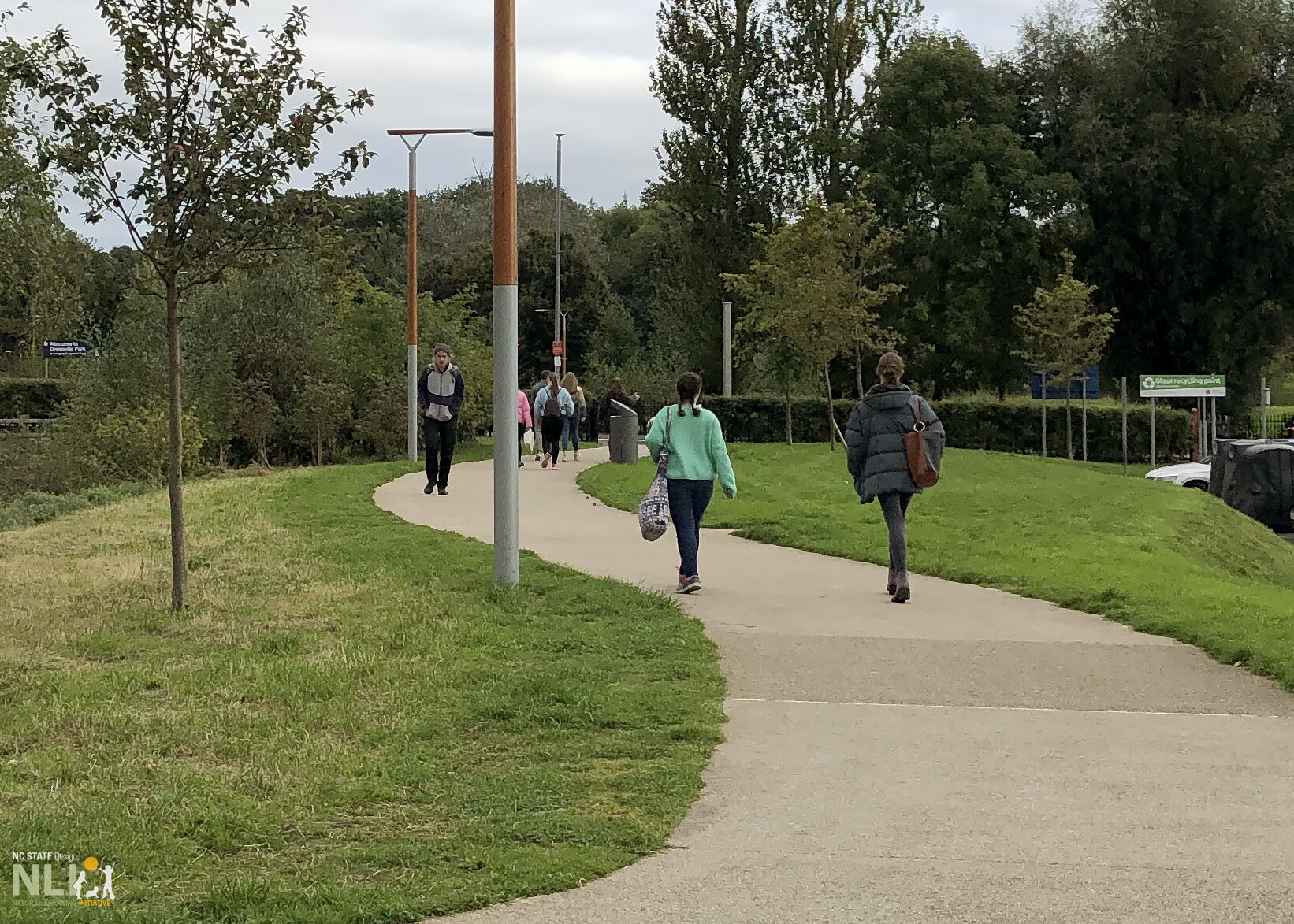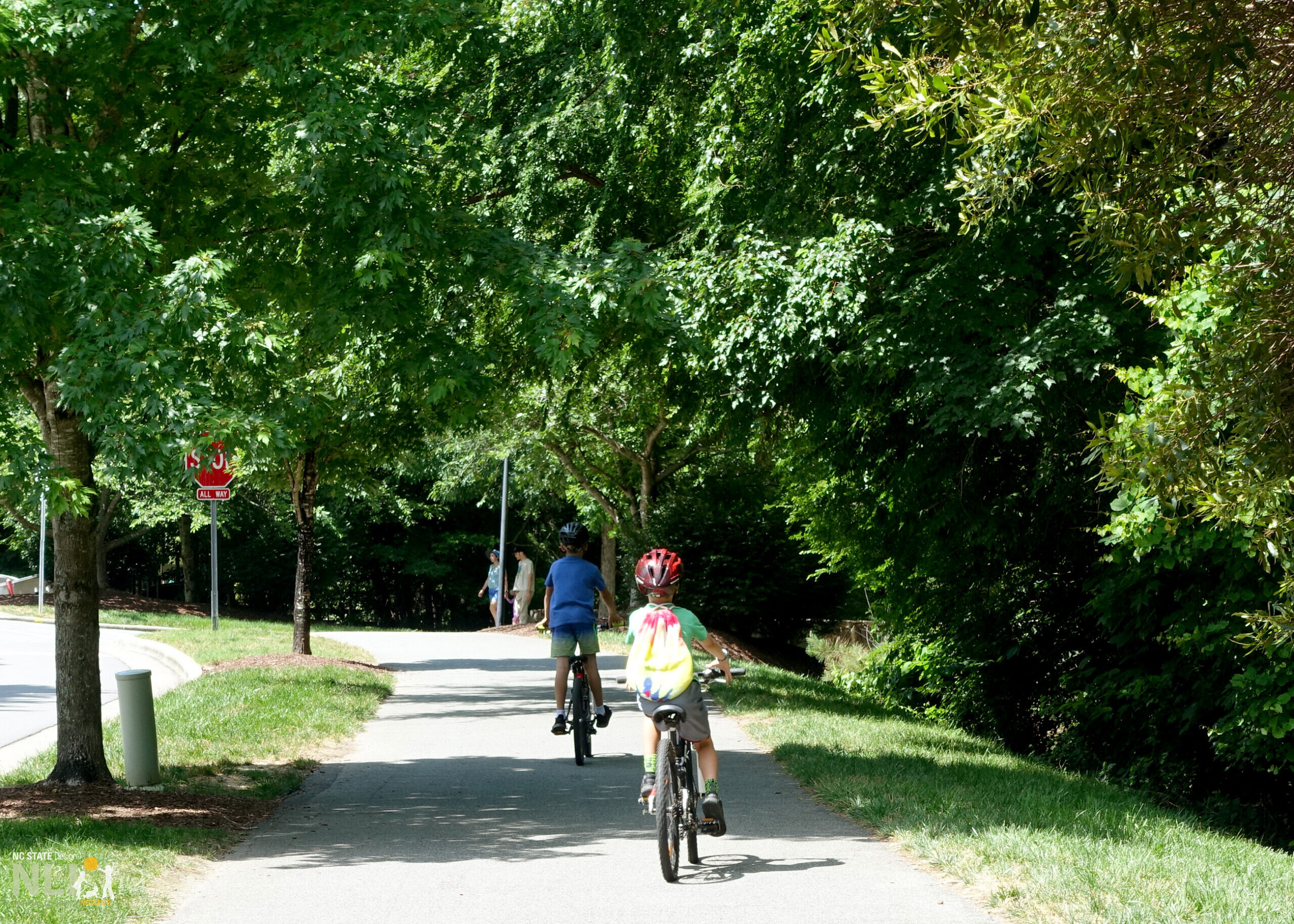The effect of different COVID-19 public health restrictions on mobility: A systematic review
Authors: Mark A. Tully, Laura McMaw, Deepti Adlakha, Neale Blair, Jonny McAneney, Helen McAneney, Christina Carmichael, Conor Cunningham, Nicola C. Armstrong, Lee Smith.
Study findings (more stringent stay-at-home orders were most effective but also reduced mobility) underscore the critical importance of residential mobility infrastructure as a preventive measure to encourage healthy, outdoor active lifestyle behavior of locked-down families – particularly children and youth under emotional stress away from friends. Infrastructure includes sidewalks (most critical), motorized traffic control systems that prioritize the needs of walkers and cyclists, and greenway networks connecting residential developments to local parks and open space. Shade trees affording user comfort and attractive landscape providing sensory interest may also motivate resident outdoor mobility. Equitable distribution must also remain a top priority.
Abstract: In response to the COVID-19 pandemic, most countries have introduced non-pharmaceutical interventions, such as stay-at-home orders, to reduce person-to-person contact and break trains of transmission. The aim of this systematic review was to assess the effect of different public health restrictions on mobility across different countries and cultures. The University of Bern COVID-19 Living Evidence database of COVID-19 and SARS-COV-2 publications was searched for retrospective or prospective studies evaluating the impact of COVID-19 public health restrictions on Google Mobility. Titles and abstracts were independently screened by two authors. Information from included studies was extracted by one researcher and double-checked by another. The risk of bias of included articles was assessed using the Newcastle Ottowa Scale. Given the heterogeneous nature of the designs used, a narrative synthesis was undertaken. From the search, 1672 references were identified, of which 14 were included in the narrative synthesis. All studies reported data from the first wave of the pandemic, with Google Mobility Scores included from January to August 2020, with most studies analyzing data during the first two months of the pandemic. Seven studies were assessed as having a moderate risk of bias and seven as a low risk of bias. Countries that introduced more stringent public health restrictions experienced greater reductions in mobility, through increased time at home and reductions in visits to shops, workplaces, and use of public transport. Stay-at-home orders were the most effective of the individual strategies, whereas mask mandates had little effect on mobility.




